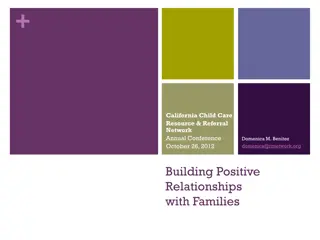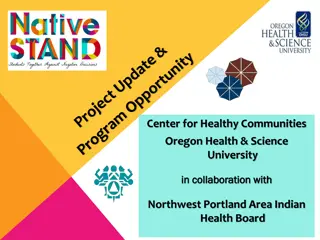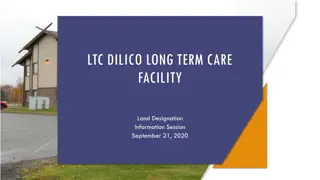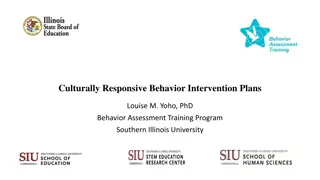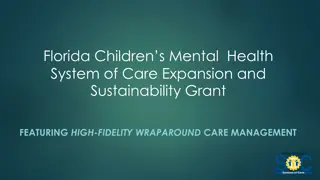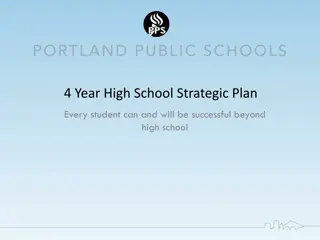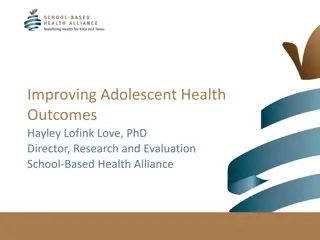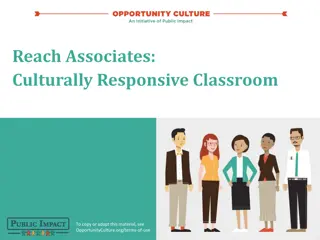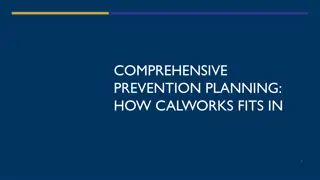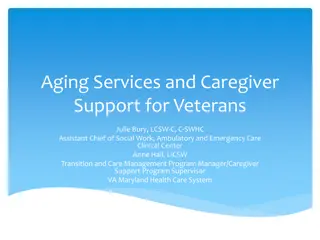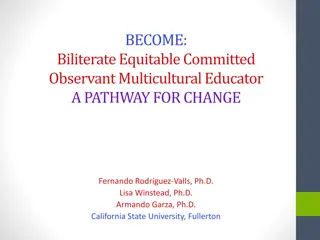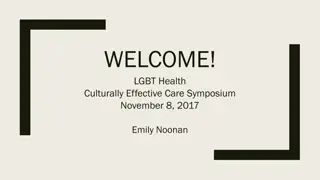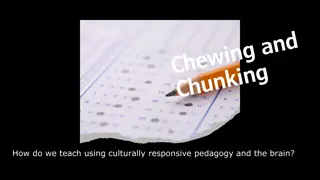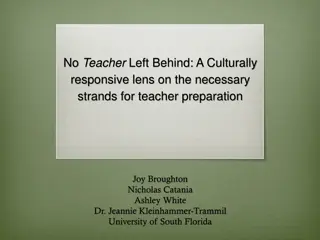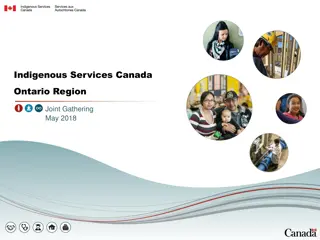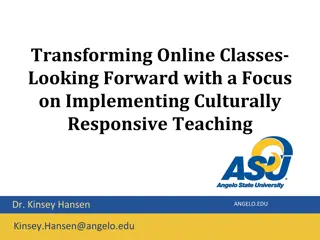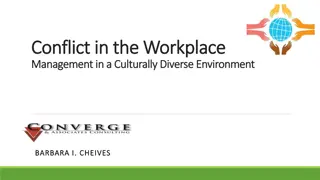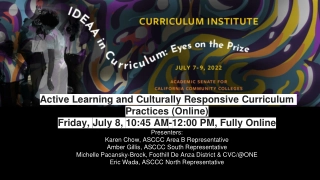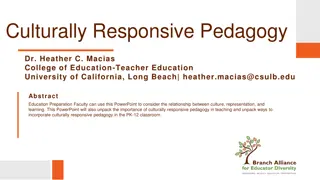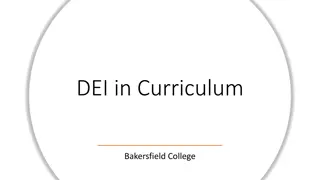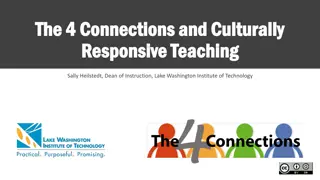Culturally Effective Health Care and School Health Services
This resource explores ways to implement culturally effective health care (CEHC) in the school health setting, with a focus on student-centered care, the power of words, and health literacy. Participants will learn strategies to improve health outcomes and relationships with students and families.
- culturally effective health care
- school health services
- student-centered care
- words matter
- health literacy
Download Presentation

Please find below an Image/Link to download the presentation.
The content on the website is provided AS IS for your information and personal use only. It may not be sold, licensed, or shared on other websites without obtaining consent from the author. Download presentation by click this link. If you encounter any issues during the download, it is possible that the publisher has removed the file from their server.
E N D
Presentation Transcript
Culturally Effective Health Care and School Health Services Learning Burst This resource was developed through the support of the Centers for Disease Control and Prevention (CDC) as part of Award # 6 NU87PS004365, Building Capacity for School Sexual Health Services through Training, Education, Assistance, Mentoring, and Support (TEAMS)-Component 3B. The contents are those of the author(s) and do not necessarily represent the official views of, nor an endorsement, by CDC.
Learning Outcomes By the end of this learning burst, participants will be able to: Define and recognize ways culturally effective health care (CEHC) shows up in your work. Identify 3 approaches to implementing CEHC within the school health setting.
Culturally Effective Health Care Culturally effective health care (CEHC) definition: The delivery of care within the context of appropriate physician knowledge, understanding, and appreciation of all cultural distinctions leading to optimal health outcomes.
Student Centered Care Students are the focus and priority. When supporting students, we must consider all factors that impact their lives. Look beyond the time the child spends in school with healthcare providers to understand their context. Learn more about how the student and families culture intersect with their health and health care.
Words Matter Approach Why do our words matter? Language has the power to change minds, hearts, behaviors, and relationships and to create narratives that shape our perceptions and beliefs. Inclusive, anti-biased language honors the rights of groups and individuals to define their own identities. Context matters Words do not exist in a vacuum. Social and Situational context matters. Words are contextualized by history, politics, social position, geography, and other variables. Recognize that these factors are dynamic and so is language.
Words Matter Approach Overarching considerations Instead of using vulnerable or marginalized, consider using people experiencing barriers or people with fewer resources Instead of using suffering from consider living with Person first language Further language considerations Disability Race and Ethnicity Gender Identify Sexual Orientation
Health Literacy The U.S. Department of Health and Human Services (HHS) defines health literacy as the degree to which individuals have the capacity to obtain, process, and understand basic health information needed to make appropriate health decisions. (U.S. Department of Health and Human Services, 2022)
Health Literacy (Healthy People 2030) Personal health literacy is the degree to which individuals have the ability to find, understand, and use information and services to inform health-related decisions and actions for themselves and others. Organizational health literacy is the degree to which organizations equitably enable individuals to find, understand, and use information and services to inform health-related decisions and actions for themselves and others.
Impact: CEHC in School Health Services The impact of incorporating CEHC in school health services are Improved health outcomes for students Improved relationships with families Students and families that feel safe and welcome Setting the example Modeling behaviors through culturally effective healthcare will offer other staff members, administrators, etc., the opportunity to see how this benefits students and the school community.
Recap CEHC improves health outcomes and the quality of care provided. A student-centered approach allows us to understand their individual experience of culture.
Recap Continued The words we use to describe students and families, their experiences, and the communities they live in matter. Addressing health literacy allows students and families to understand and implement health recommendations.
Read the additional resources on the next slide for further guidance and information. Identify 2 barriers in the school community and 2 strategies to integrate CEHC further in your context.
Resources American Academy of Pediatrics: AAP Policy Statement: Role of the School Nurse in Providing School Health Services American Academy of Pediatrics: Words Matter Centers for Disease Control and Prevention: What is Health Literacy? School-Based Health Alliance: Hallways To Health: Creating a School-Wide Culture of Wellness Centers for Disease Control and Prevention: Health Literacy and Schools School-Based Health Alliance: Joint Statement on Working Together for Student Success
Additional Questions Contact Agency Contact Person and Title Contact Email Address Contact Phone Number


